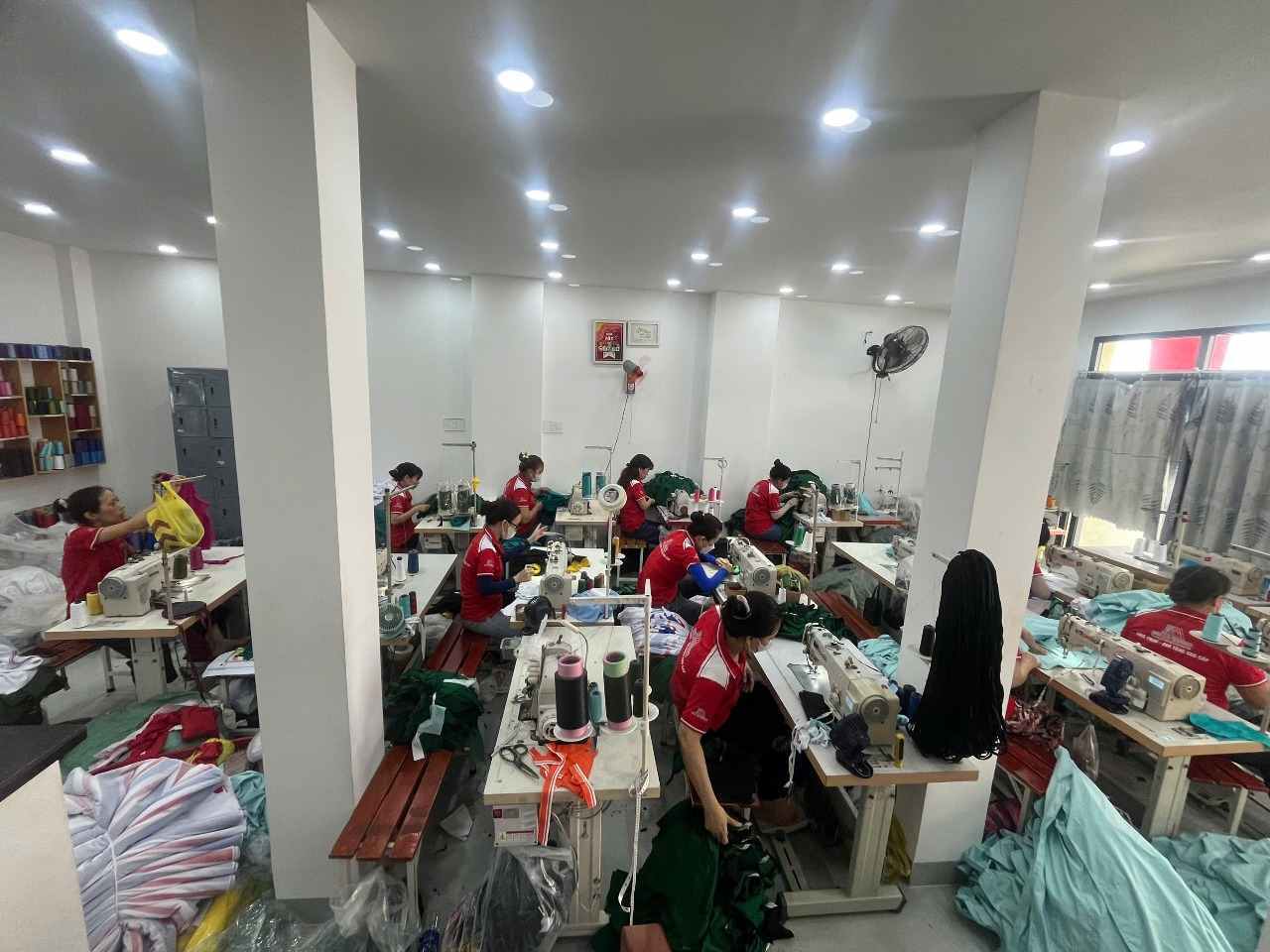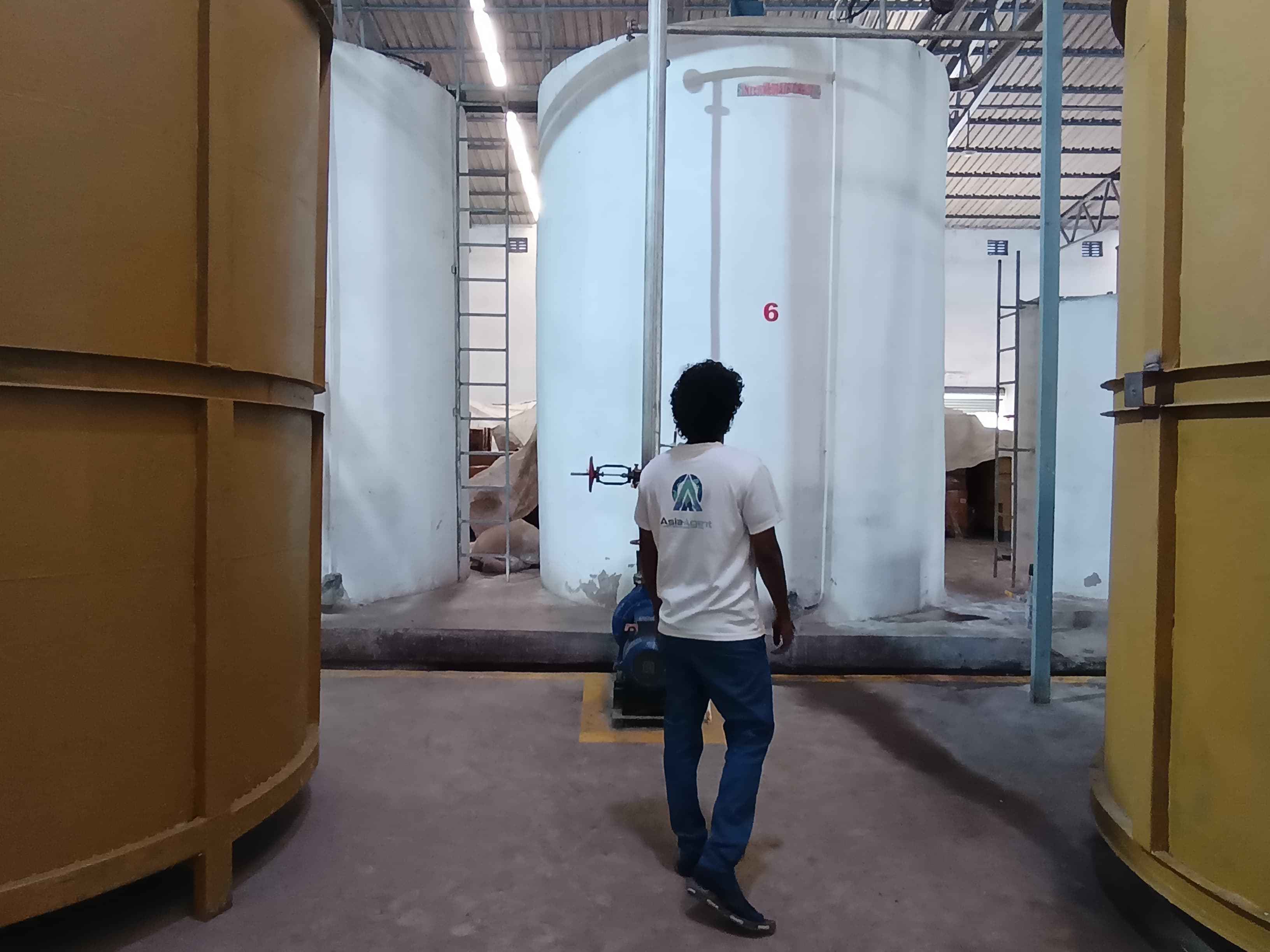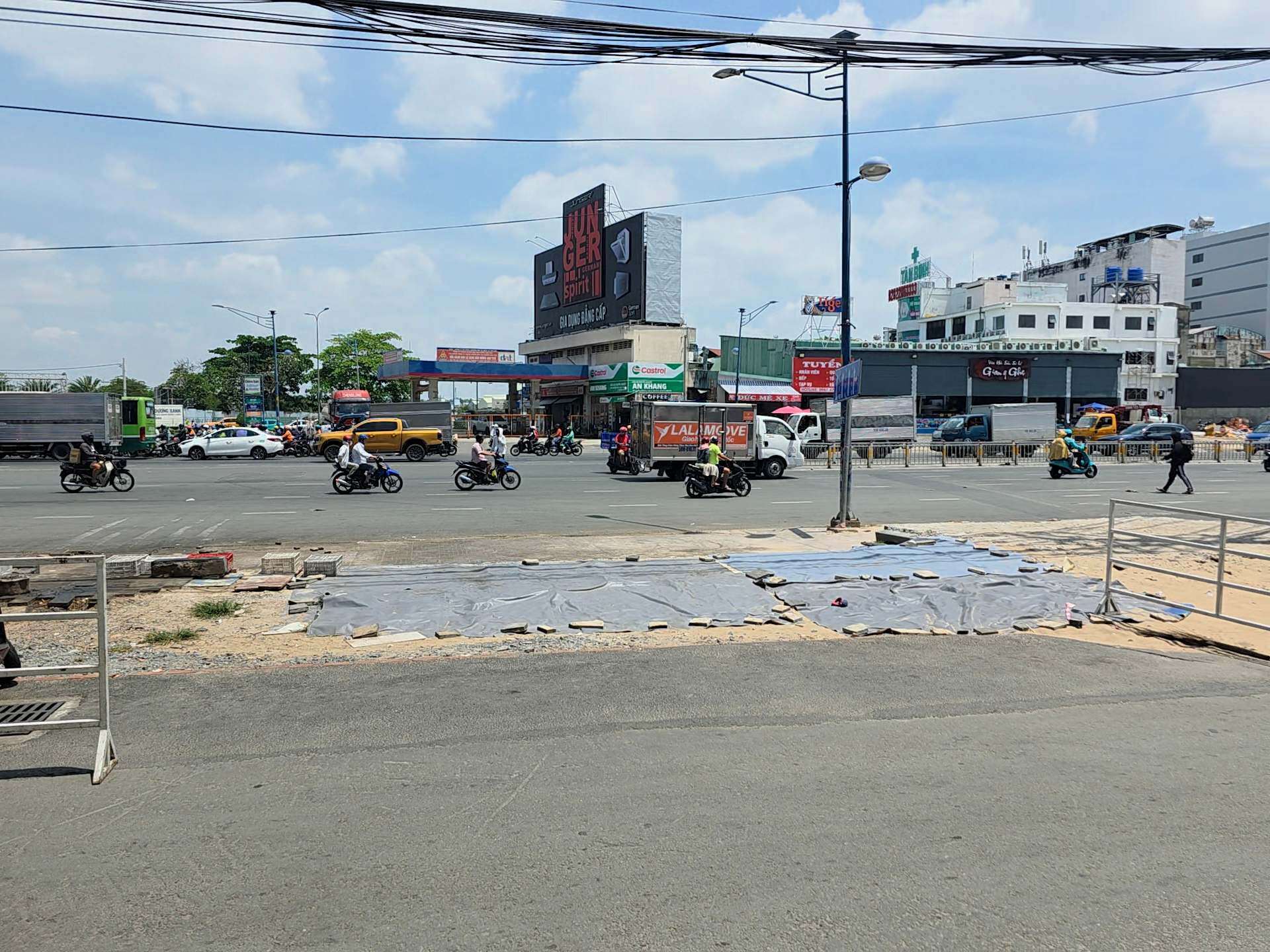Tariff Truce: Trump’s 90-Day Extension Is a Signal — It’s Vietnam Time
The News Flash
On August 11, the White House confirmed a 90-day extension on the China tariff pause.
If you’re a brand importing from China, you’ve just been given breathing room — but it’s not a permanent break.
The reality:
- The 55% tariff on most Chinese-origin goods is still on the table.
- The pause only runs to mid-November.
- Customs enforcement of origin rules hasn’t slowed down at all.
This is not a “problem solved” moment. It’s a countdown.
Why Timing Now Matters
If Trump fails to secure a full trade deal by November, tariffs could jump not just back to 55% — but up to 145% on certain high-priority categories.
That’s not speculation; that’s how negotiating leverage works.
And if you wait until the cliff edge to move production, you’ll find:
- Vietnam’s best factories already booked out.
- Rushed contracts with bad terms.
- No time to properly shift value-add steps to meet COO (Country of Origin) rules.
Right now, Vietnam offers a real cost alternative:
- 20% tariff framework under current agreements.
- Mature supply chains for electronics, furniture, textiles.
- Lower labor costs than coastal China.
- Faster transit times compared to other Southeast Asia hubs.
You’ve Got a Runway — Use It
The extension is a gift of time, not a shield from cost shocks.
Vietnam is the escape hatch.
Over the next 100 days, we’ll map every step — from BOM audits to transformation planning — so when the tariff hammer falls, you’re already on the safe side.
Tariff Truce: Trump’s 90-Day Extension — Vietnam Q&A
Q: I just saw the news. The 55% tariff on Chinese goods is paused. Are we in the clear?
A: No. You’ve been given 90 days of breathing room, not a permanent fix. The pause runs to mid-November, and if no full deal is signed, rates could jump not just back to 55% — but up to 145% on high-priority categories.
A: Because Vietnam already has a 20% tariff framework with the U.S., lower labor costs, and supply chains in electronics, furniture, and textiles that can absorb production shifts today. Wait 6–12 months and the best factories will be booked out — you’ll be stuck with bad terms and no capacity.
Q: Can’t I just wait until November to decide?A: You could, but by then you’ll be scrambling. Building a compliant supply chain takes time — not just moving production, but shifting enough value-add steps to pass Country of Origin rules so customs accepts Vietnam as your source.
Q: How does Vietnam fit into my current China setup?A: You don’t have to cut China out completely. We can move the right manufacturing steps to Vietnam so you meet origin requirements and lock in the 20% tariff rate — even if some BOM parts still come from China.
Q: What’s the first move?A: A BOM audit and origin proof plan. We map where your value is created, calculate your tariff exposure, and design a Vietnam-based transformation strategy you can start now — so by the time the pause ends, you’re in position.
Q: How do I find a factory in Vietnam?
A: Skip the online directories — most are trading companies. Use on-the-ground sourcing teams (like ours) to verify real manufacturers, check equipment, and confirm export history before you commit.
Q: How do I pay a Vietnamese factory?
A: Most factories prefer USD wire transfers. Use contracts under Vietnamese jurisdiction to protect deposits and specify delivery terms. Avoid open-ended advance payments.
Q: How do I ship from Vietnam?
A: You can ship direct to the U.S. via Haiphong, Ho Chi Minh, or Da Nang ports. Transit times are similar to southern China. Make sure your freight forwarder understands tariff documentation — your savings depend on correct paperwork.
Q: How do I control quality in Vietnam?
A: Use in-person inspections before, during, and after production. In Vietnam, QC is not standardized, so a local team is essential to enforce specifications.
Q: How do I manage production if I’m not there?
A: Assign a local project manager to track timelines, resolve issues, and report progress weekly. This prevents delays and keeps you informed without constant travel.




